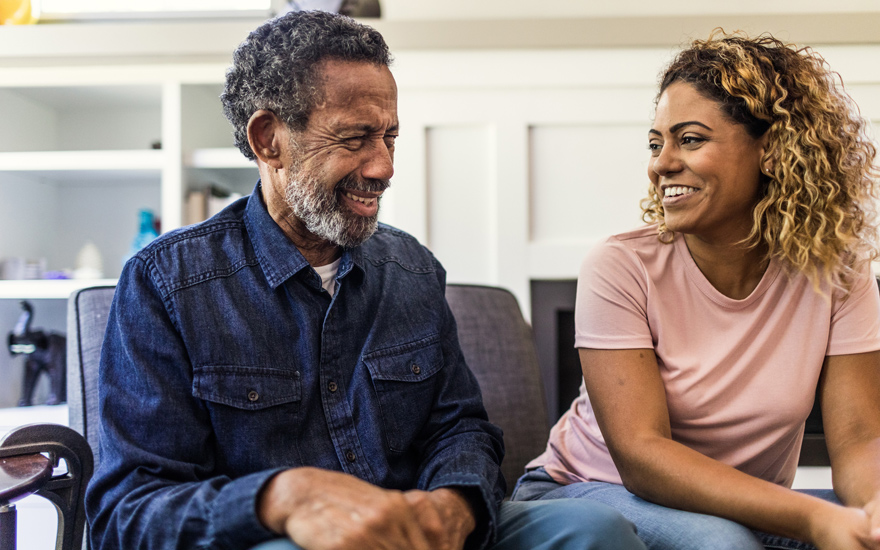
Fewer than 25% of individuals who suffer a stroke arrive at an emergency room within three hours of symptom onset. But a recent study published in the American Heart Association’s Stroke journal, suggests that education can improve an individual’s ability to recognize stroke symptoms to reduce the delay in care ("Stroke education aids in symptom recognition, faster responses" – June 11, 2015).
Stroke is the third leading cause of death in the United States and is a leading cause of serious, long-term disability in adults. Stroke can happen to anyone at any time — regardless of race, sex, or even age — but more women than men have a stroke each year, and African Americans have almost twice the risk of first-ever stroke than whites do.
When someone experiences a stroke, the more time that passes, the more damage occurs in the brain. Emergency treatment with a clot-buster drug called t-PA can help reduce or even eliminate problems from stroke, but it must be given within three hours of when you start having symptoms.
Participants in the study received intensive education, but the American Heart Association and American Stroke Association offer a simple method for detecting signs of a stroke: think “F.A.S.T.”!
F = Face drooping. Ask the person to smile. Is their smile uneven? Is one side of their face numb?
A = Arm weakness. Ask the person to raise both arms. Does one arm drift downward? Is one arm weak or numb?
S = Speech difficulty. Ask the person to repeat a simple phrase. Does the speech sound slurred or strange?
T = Time to call 911. If you observe any of these signs, even if the symptoms go away, call 911 and get the person to the emergency room.
Related Resources:
- Physical Therapy Guide to Stroke
- Podcast: Stroke: Awareness, Prevention, & Recovery
- American Stroke Association
Additional Information
Access additional Did You Know? pages.


